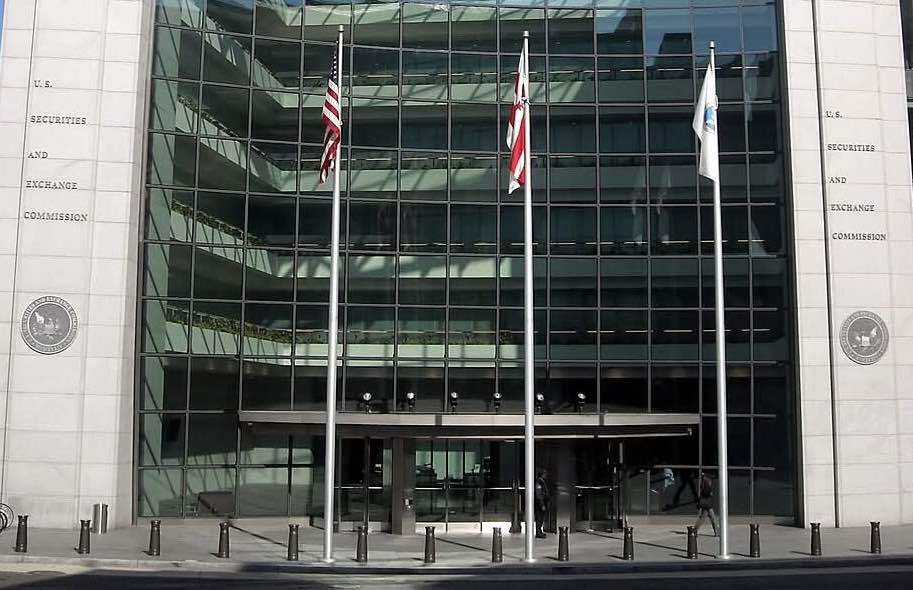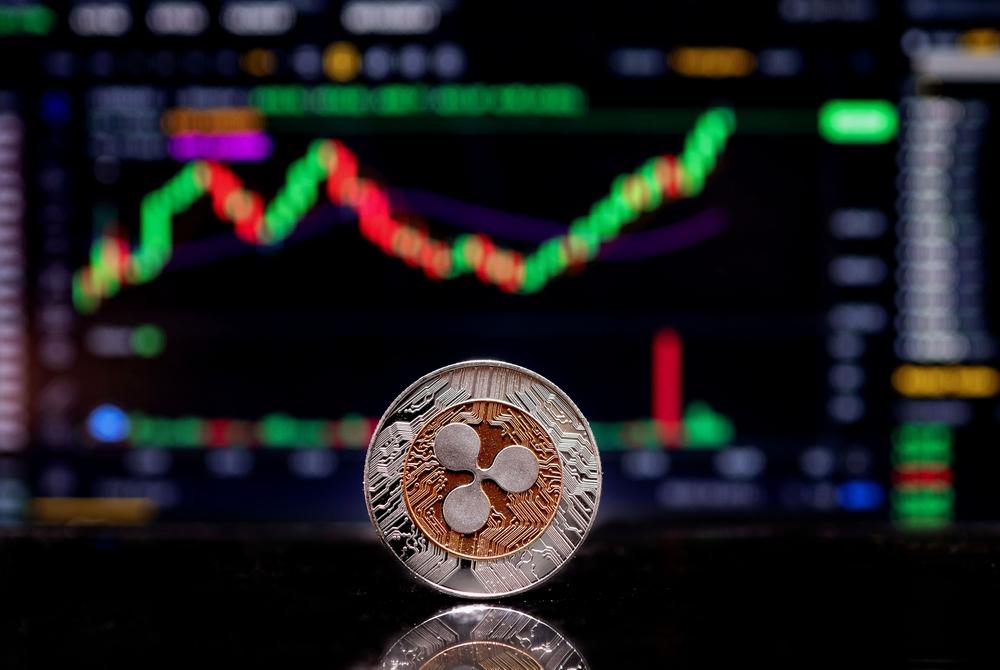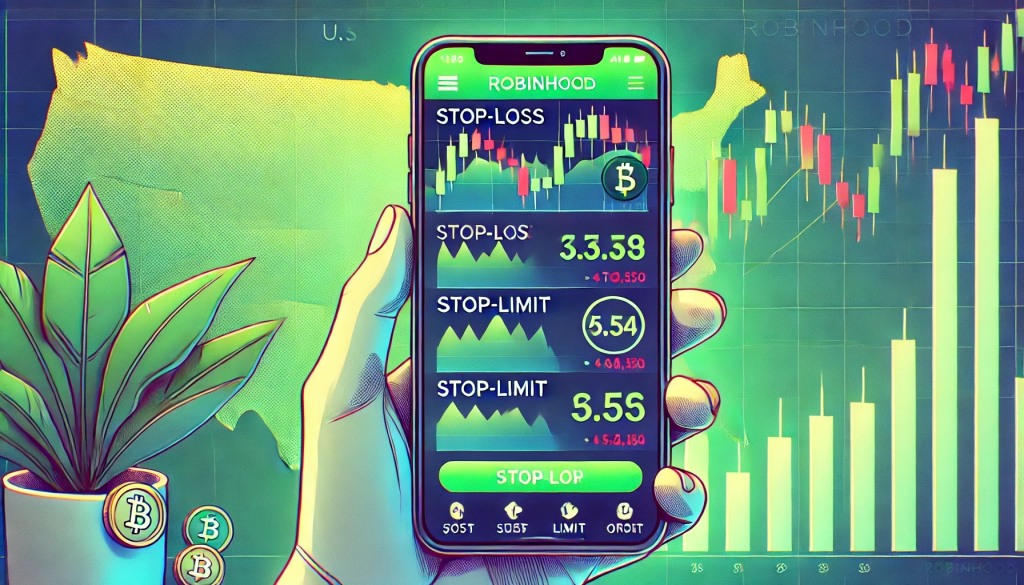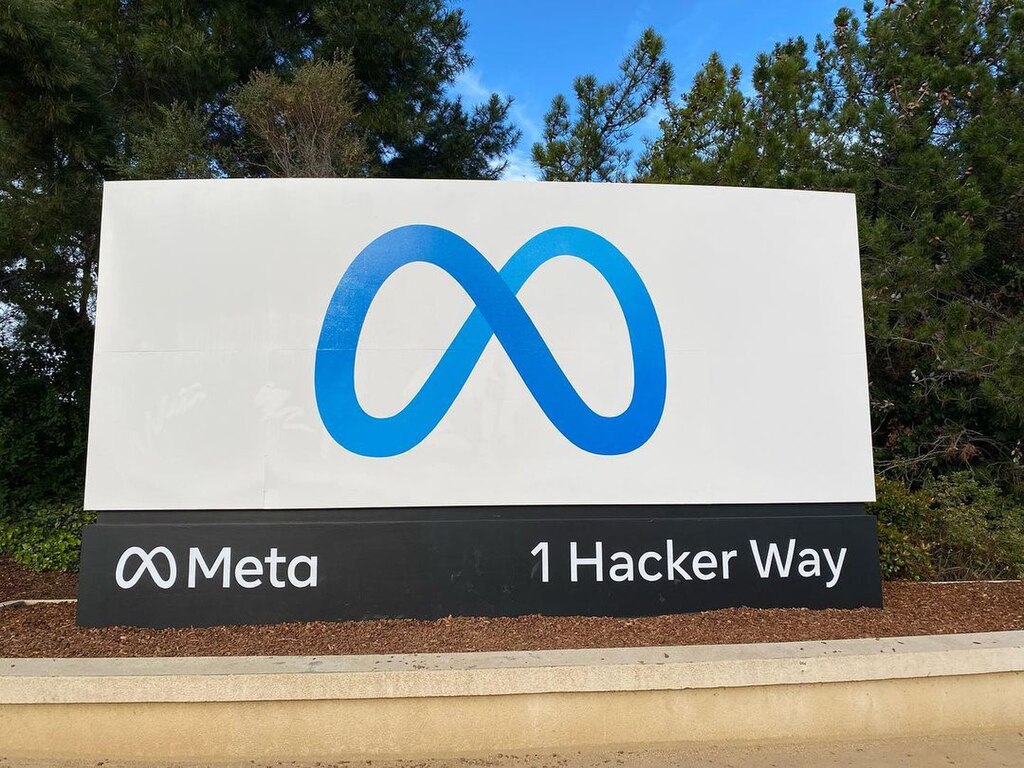Bitcoin reached a new zenith, hitting $71,415, buoyed by anticipation of the upcoming halving event and surging institutional interest in spot Bitcoin ETFs. The cryptocurrency's ascent underscores a robust market sentiment and growing mainstream adoption.
Bitcoin Breaches $71K For The First Time
Bitcoin hit a new all-time high of $71,415 on March 11, rising 2.62% in the 24 hours leading up to 08:05 a.m. UTC, Coin Telegraph reported.
According to CoinMarketCap data, the world's first cryptocurrency has gained more than 10% in the last week and 47% in the last month. The new all-time high comes just three days after Ether broke the $4,000 barrier for the first time since December 2021.
Bitcoin reached a new all-time high 36 days before the highly anticipated Bitcoin halving event on April 20, which will reduce mining rewards from 6.25 BTC ($418,800) to 3.125 BTC ($209,400).
Bitcoin reached its highest weekly close of 68,955 on March 10, just days after surpassing its previous all-time high of $69,200 on March 5.
Bitcoin's bullish momentum is largely due to increased institutional interest sparked by the recently launched spot Bitcoin exchange-traded funds (ETFs) in the US.
According to Dune data, since launch, the ETFs have amassed 4.06% of the current Bitcoin supply, surpassing $56.9 billion in total on-chain holdings. At this rate, ETFs are expected to absorb 8.65% of the total BTC supply on an annual basis.
Last week, the spot Bitcoin ETFs totaled 33,000 BTC ($2.3 billion), including Grayscale's GBTC fund, which saw outflows of over 10,200 BTC, according to HODL15 Capital data.
Bitwise, a digital asset manager, expects more institutions, representing "trillions of dollars in assets," to buy into spot Bitcoin ETFs by the end of June, according to an investor report sent on March 9.
Meanwhile, Bitcoin whales still hold onto their BTC despite the new highs. As of March 9, the number of unique addresses holding at least 1,000 BTC, or whales, had risen to 2,107. However, this is lower than the previous record of 2,489 addresses set in February 2021, when Bitcoin traded above $46,000.
Why the Bitcoin Halving Is Sooner Than You Think?
Sky-high Bitcoin ETF flows and several price rallies have resulted in the next Bitcoin halving being projected for April 15—rather than the meme-friendly 4/20 that it once was.
That's bad news for meme fans who liked the idea of celebrating the halving while also indulging in marijuana. However, it is also good news and a clear indication of trader sentiment.
Just a month ago, on Valentine's Day, Decrypt wrote about the very meme-friendly hypothetical situation in which Bitcoin could reach $69,000 and then be halved on 4/20. Bitcoin reached its price target on March 5.
But why has the halving been pushed up by a few days? This is due to the Bitcoin network's limited block space and the fact that the halving is scheduled to take place at a block height of 840,000—or after the network has processed 840,000 blocks worth of transactions. At the time of writing, the BTC network has a current block height of 834,194.
Each block on the Bitcoin network can accommodate approximately 2,700 transactions. So when there are a lot of transactions being processed on the network—for example, when there is a new all-time high, a sudden crash after that rally, one of the largest exchanges crashes, BTC sets another new all-time high, and so on—the network has more transactions to process than usual.
For context, according to CoinGecko data, the average daily volume of BTC was $24 billion until February 14. Of course, there was significantly more volume on January 11—approximately $52 billion—when ten new spot Bitcoin ETF applicants began trading in the United States.
Things settled down after Bitcoin experienced significant downward pressure as funds were withdrawn from the Grayscale Bitcoin Trust (GBTC). When investors redeem their shares in a Bitcoin-backed ETF, the issuer pays them cash and then sells the BTC that served as collateral for the shares.
By late January, JP Morgan analyst Nikolaos Panigirtzoglou estimated that GBTC had seen $4.3 billion in outflows since being converted into a spot Bitcoin ETF.
However, since mid-February, the average daily volume has increased to $40 billion worth of Bitcoin. The average daily volume since the beginning of March, when Bitcoin began to move toward setting a new all-time high for the first time since 2021, has been closer to $52 billion. The biggest outlier is Wednesday, March 6—the day after the initial ATH announcement last week—when nearly $1 trillion in Bitcoin changed hands in a single day.
Photo: Kanchanara/Unsplash



























Comment 0